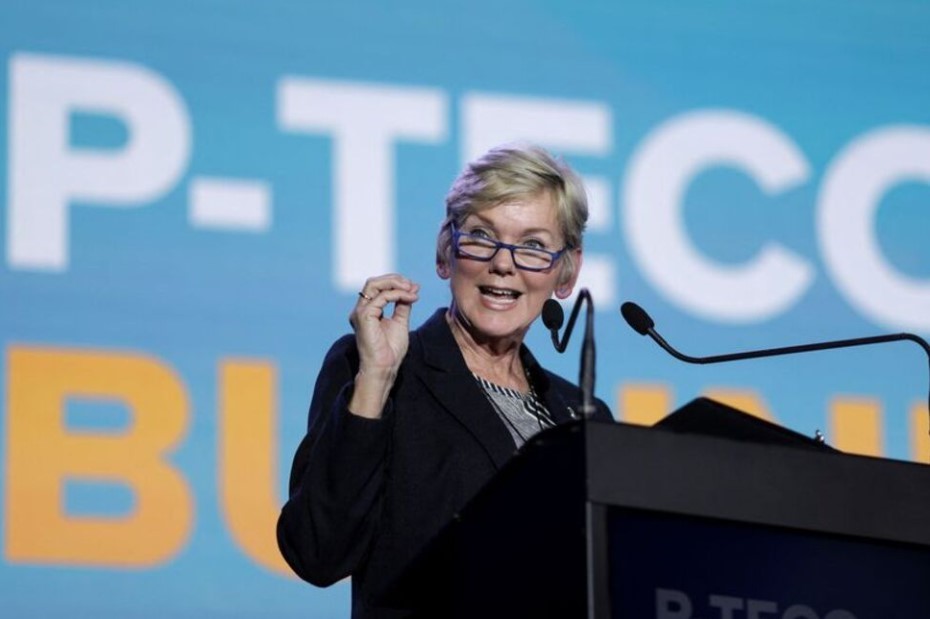
US Collaborates with Ukraine on Future Energy Generation Plans
The United States is partnering with Ukraine to develop a comprehensive roadmap for the country's post-war energy grid, which will incorporate safe nuclear power technologies alongside renewable energy sources, U.S. Energy Secretary Jennifer Granholm announced on Wednesday.
Due to Russian attacks on its power infrastructure, Ukraine has lost half of its generating capacity, resulting in widespread shortages and mass blackouts across all regions.
"Currently, they are under severe assault, and we need to assist them through this period. We must reinforce their existing assets," Granholm stated in an interview with Reuters during the annual Transatlantic Energy and Climate Cooperation (P-TECC) conference in Bucharest, Romania. "But we are also working with them to plan what the future Ukrainian grid will look like."
Granholm mentioned that the future grid might include micro-reactors and small modular reactors (SMRs), along with distributed generation of solar and wind power paired with battery storage. "That planning is happening now," she added.
She emphasized that new nuclear capacity could be part of the future grid, provided it is designed securely.
Ukraine currently operates nine nuclear reactors across three plants in its controlled territory, which generate over 55% of the country's electricity. However, Kyiv aims to expand its nuclear sector to offset the loss of the six reactors at Zaporizhzhia, which Russia seized shortly after its 2022 invasion.
In January, Ukraine's energy ministry announced plans to begin construction on four new nuclear reactors at the Khmelnytskyi nuclear power plant by summer or autumn.
Additionally, Ukraine's state-owned nuclear company Energoatom has signed an agreement with Westinghouse to construct further reactors. "We have an agreement to explore the deployment of nine AP1000 reactors in the country," said Margaret Cosentino, vice-president of corporate affairs at Westinghouse, at the P-TECC conference. "While we are not breaking ground at this time, we are working closely with them to look at Khmelnytskyi 5 and to prepare shovel-ready projects for as soon as the war concludes.